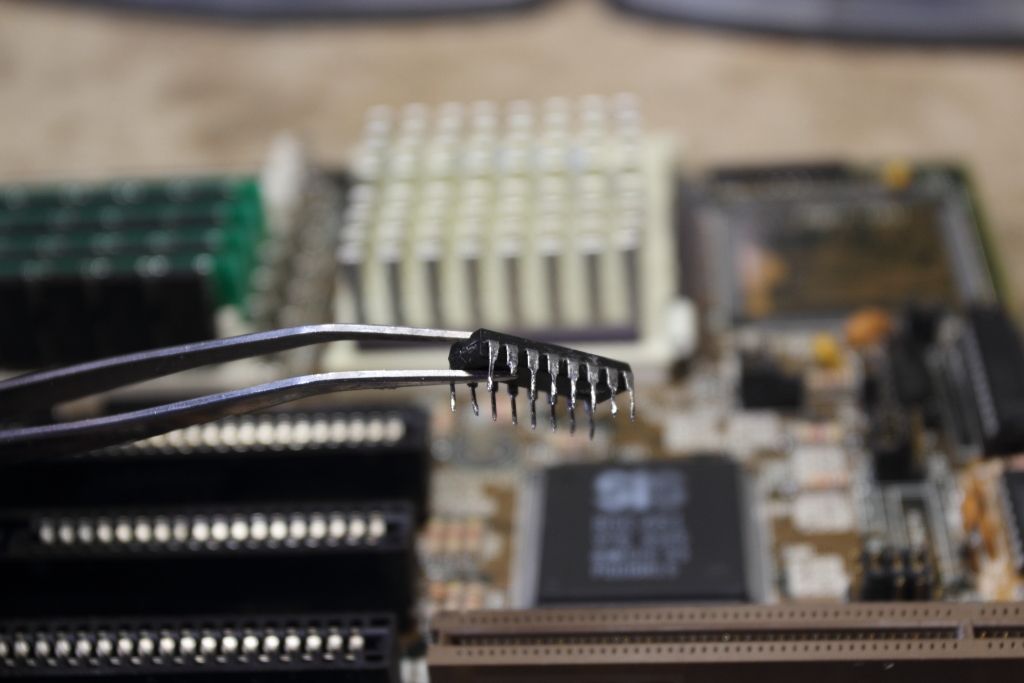Reply 60 of 75, by snufkin
Deunan wrote on 2021-05-02, 18:55:So let me ask about IMD, because I see some clarification above about it working now? Or did I misunderstand? If IMD does recognize disk format when you enter the alignment option, and more importantly can read the sectors without timing out or freezing when you press D, and it's only DOS commands that fail on the floppy drive - then the issue might not be a HW problem at all. Because IMD does it's own low-level stuff, bypassing BIOS, it takes over the interrupt handler and programs the DMA channel 2 directly.
As far as I know, IMD only checks by reading the FDC registers, not reading the actual data of the disk. So that could work without DMA working. I think. I've learnt a little recently about floppy drives, but don't know much about the detail the FDC upward. Apparently the first set of weird numbers were due to an unformatted disk, so I think what it's showing is that the FDC is correctly reading the disk, showing the correct track and sector numbers, and not getting any CRC errors.
The only good difference between working system and non-working system so far has been this DMA issue, so I think that's worth chasing a bit further. If the '461 pinout is similar to the '471 then the '151 DRQ multiplexor is shared with De-Turbo, WIRQ, RC and IOCHCK. They could be the cause of Z switching (I think there's a mix of active high and low signals in there), which i can see makes working out if DRQ2 is appearing on the output a bit difficult.
Looks like SN74F151 are available: https://www.mouser.co.uk/_/?Keyword=74f151&FS=True
The Z̅ signal might not route anywhere. The '471 datasheet just uses the non-inverted output.
I really dislike desoldering stuff from mobos, because sometimes the old traces/vias get damaged and there's even more stuff to fix, but with no other tools and ideas I would try to desolder this '151, and the other one that has IRQ12 connected to it. Put sockets on mobo and swap those two. If the DRQ2 input is busted then you'd loose IRQ12 instead by swapping the chips, but that IRQ is not used much so it's a preferable quick fix. And then you can start the hunt for a 74F151 (or maybe more modern 74ACT).
I like the sound of that, although it's not my board at risk. Are there any DOS tools for displaying DMA activity? I'm wondering if it's possible to check in software if the chipset is asserting DACK2?

